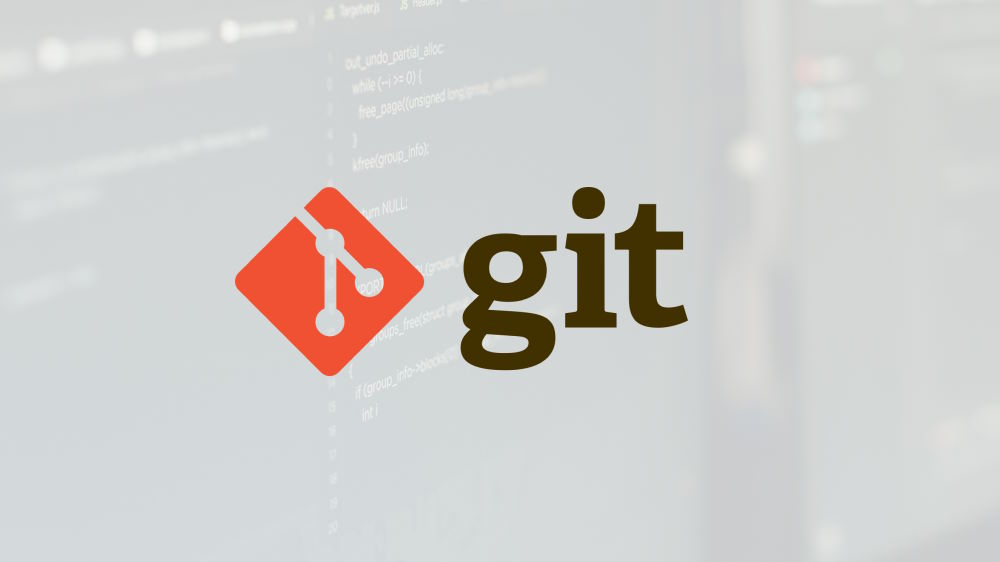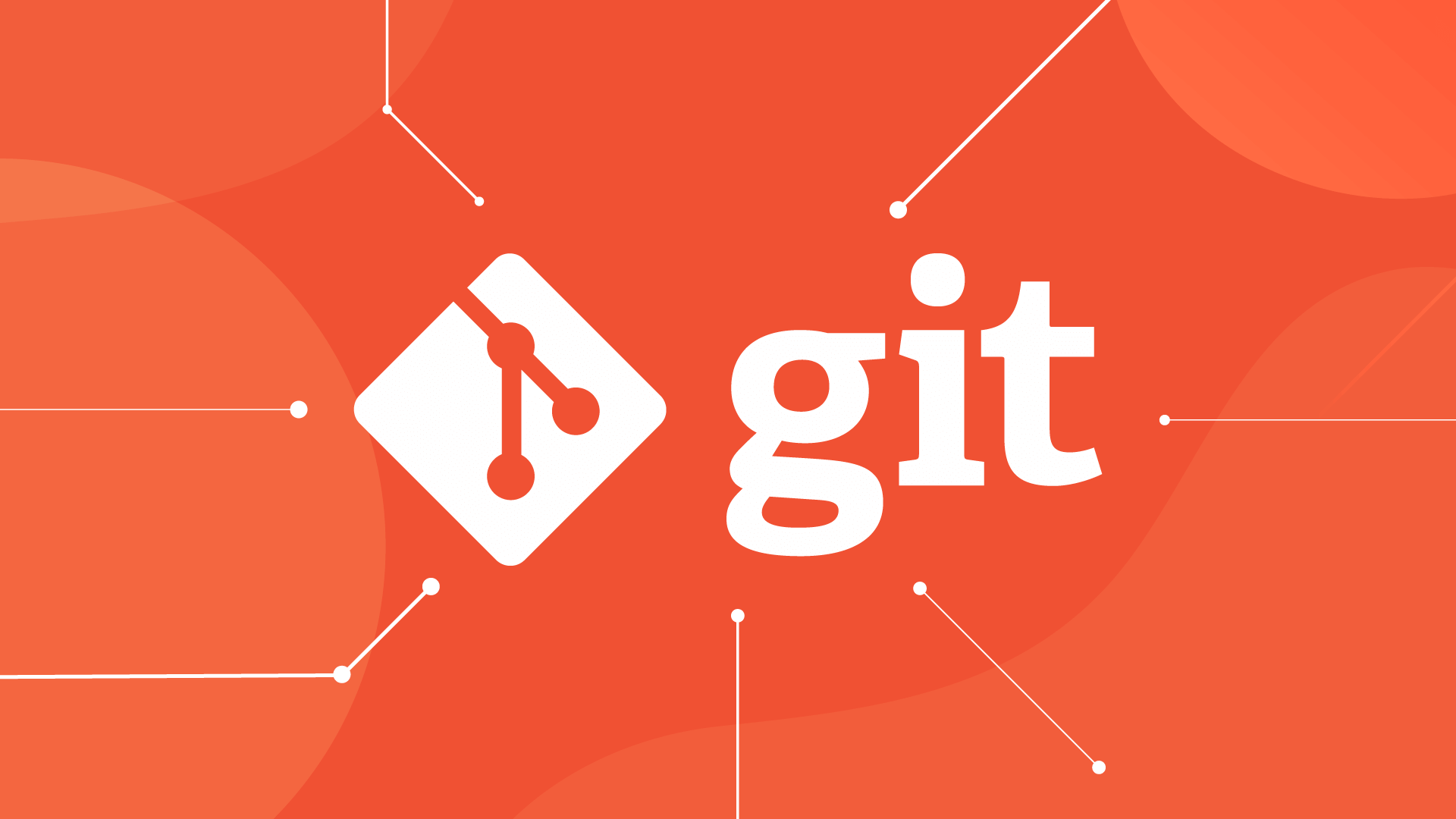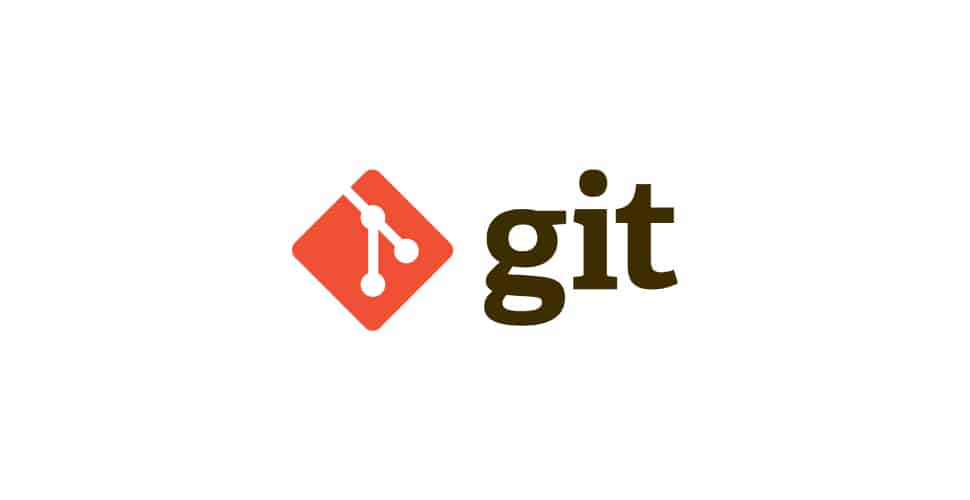Exploring Different Git Merge Strategies and Options
Fast-forward merge is used when the target branch hasn’t diverged, resulting in a linear history by moving the branch pointer forward without a merge commit, but it loses feature branch context. 2. No-fast-forward merge (--no-ff) forces a merge commit even when fast-forwarding is possible, preserving the feature branch’s identity and enabling easier reverts, at the cost of a slightly more complex history. 3. Squash merge (--squash) combines all changes from a feature branch into a single commit on the target branch, ideal for cleaning up messy histories, though it doesn’t create a true merge and prevents safe branch deletion via --merged. 4. Recursive merge strategy is Git’s default for diverged branches, using a common ancestor to resolve changes and create a merge commit, with advanced options like -X patience for better diff handling in noisy files. 5. Ours merge strategy (-s ours) keeps the current branch’s content entirely, discarding changes from the incoming branch, useful for marking integration without applying changes. 6. Octopus merge allows merging multiple branches at once, but only proceeds if the merge is conflict-free, falling back to recursive otherwise, and is rarely used in practice. 7. Key merge options include -X ours/-X theirs for automatic conflict resolution, --no-commit to review changes before committing, --abort to cancel a failed merge, and --rerere to reuse previous conflict resolutions, with strategy choice depending on team goals for history clarity, traceability, and workflow efficiency.

When working with Git, merging is a fundamental part of collaboration. It allows teams to integrate changes from one branch into another—typically bringing feature branches into main or develop. However, not all merges are the same. Git offers several merge strategies and options, each suited to different workflows and goals. Understanding these can help you maintain a clean history, avoid conflicts, and streamline team collaboration.

Here’s a breakdown of the most common Git merge strategies and key options you should know.
1. Fast-Forward Merge (Default Behavior)
A fast-forward merge occurs when the target branch (e.g., main) hasn’t diverged from the source branch (e.g., feature). Instead of creating a new merge commit, Git simply moves the pointer of the target branch forward to match the source.

When it happens:
- The target branch has no new commits since the feature branch was created.
- Linear history is preserved.
git checkout main git merge feature # Results in a fast-forward if possible
Pros:

- Clean, linear history.
- No extra merge commit.
Cons:
- Loses context of the feature branch (since it’s absorbed).
- Harder to revert a feature as a whole.
? Use
--no-ffto avoid fast-forwarding and preserve branch context.
2. No-Fast-Forward Merge (--no-ff)
This strategy forces Git to create a merge commit even if a fast-forward is possible.
git merge --no-ff feature
Why use it?
- Preserves the fact that a feature was developed in a separate branch.
- Makes it easier to visually track and revert entire features.
Result:
- A merge commit is always created.
- Slightly more cluttered history, but better traceability.
This is popular in workflows like Git Flow, where maintaining feature boundaries matters.
3. Squash Merge (--squash)
Instead of merging the entire branch, --squash combines all changes from the feature branch into a single commit on the target branch.
git merge --squash feature git commit -m "Add user authentication feature"
Use cases:
- Cleaning up a messy feature branch with many small or WIP commits.
- Integrating experimental branches without polluting history.
Important:
- No actual merge commit is created.
- The feature branch is not marked as merged (so you can’t safely delete it via
--merged).
Best for teams that value a clean, concise project history over full traceability.
4. Recursive Merge Strategy (Default for Two Heads)
When both branches have diverged, Git uses the recursive strategy by default (for two heads). It finds a common ancestor, applies changes from both branches, and creates a merge commit.
git merge feature # Uses 'recursive' under the hood
This strategy handles most typical merge scenarios and is smart about resolving overlapping changes.
Advanced option:
git merge -s recursive -X patience— uses a more careful diff algorithm, helpful in large files or noisy diffs.
Useful when dealing with legacy code where whitespace or reordering causes noise.
5. Ours Merge Strategy (-s ours)
The ours strategy keeps the current branch’s version of files and ignores changes from the incoming branch.
git merge -s ours feature
Use case:
- You want to mark a branch as merged but keep your current code.
- Useful when temporarily merging a branch without applying its changes (e.g., for testing or CI purposes).
Note: This doesn’t mean “my changes win”—it means “discard all changes from the other branch entirely.”
6. Octopus Merge (Multiple Branches)
Git can merge more than two branches at once using the octopus strategy (default for >2 heads).
git merge feature-a feature-b feature-c
Limitation:
- Only proceeds if the merge is trivial (no conflicts).
- Falls back to
recursiveif conflicts exist.
Rarely used in practice but handy for integrating multiple independent features quickly.
7. Merge Options to Handle Conflicts and History
Beyond strategies, Git provides merge options to fine-tune behavior:
-X ours/-X theirs: During a conflict, automatically favor changes from one side.git merge -X ours feature # In case of conflict, keep current branch's version
--no-commit: Perform the merge but don’t auto-commit. Lets you review or tweak changes.git merge --no-commit feature git status # Review changes git commit # Manually commit
--abort: If a merge goes wrong, cancel it.git merge --abort
--rerere: Reuse recorded resolution. Helps if you’re repeatedly resolving the same conflicts.
Choosing the Right Strategy
| Goal | Recommended Strategy |
|---|---|
| Keep history clean and linear | Fast-forward (or squash) |
| Preserve feature context | --no-ff |
| Clean up messy commits | --squash |
| Resolve complex conflicts |
-X patience or manual merge |
| Integrate without changing code | -s ours |
Ultimately, the best merge strategy depends on your team’s workflow, review practices, and how much history clarity matters. Many teams standardize on --no-ff or squash merges via pull requests to balance cleanliness and traceability.
Knowing your options gives you control—not just over code, but over collaboration.
The above is the detailed content of Exploring Different Git Merge Strategies and Options. For more information, please follow other related articles on the PHP Chinese website!

Hot AI Tools

Undress AI Tool
Undress images for free

Undresser.AI Undress
AI-powered app for creating realistic nude photos

AI Clothes Remover
Online AI tool for removing clothes from photos.

ArtGPT
AI image generator for creative art from text prompts.

Stock Market GPT
AI powered investment research for smarter decisions

Hot Article

Hot Tools

Notepad++7.3.1
Easy-to-use and free code editor

SublimeText3 Chinese version
Chinese version, very easy to use

Zend Studio 13.0.1
Powerful PHP integrated development environment

Dreamweaver CS6
Visual web development tools

SublimeText3 Mac version
God-level code editing software (SublimeText3)
 What is COOKIE DAO? How to buy it? COOKIE Price Forecast 2025-2030
Aug 25, 2025 pm 05:57 PM
What is COOKIE DAO? How to buy it? COOKIE Price Forecast 2025-2030
Aug 25, 2025 pm 05:57 PM
Directory What is COOKIEDAO? COOKIEDAO Token Economics Current Market Conditions and Factors Influencing COOKIE Prices COOKIE 2025-2026 Price Forecast COOKIE 2029-2030 Price Forecast 2025-2030 Price Forecast Price List Which exchanges are COOKIE coins traded? How to buy Binance (Binance) BybitBitgetKuCoinMEXCBTCCCOOKIE coins? ConclusionCookieDAO's $ after reaching an all-time high of $0.7652 on January 10, 2025
 Wall Street Whale Devours Ethereum: Interpretation of the Pricing Power Battle Behind Purchase 830,000 ETH in 35 Days
Aug 22, 2025 pm 07:18 PM
Wall Street Whale Devours Ethereum: Interpretation of the Pricing Power Battle Behind Purchase 830,000 ETH in 35 Days
Aug 22, 2025 pm 07:18 PM
Table of Contents Two ancestry, two worldviews: The philosophical showdown between OG coins hoarding and Wall Street harvesting. Financial engineering dimensionality reduction strike: How BitMine reconstructs ETH pricing power in 35 days. New dealer spokesperson: TomLee and Wall Street narrative manipulation ecological reconstruction: How Wall Street Capital reshapes the ETH value chain. A small company that was originally unknown in Nasdaq increased its holdings from zero violence to 830,000 in just 35 days. Behind it is a survival philosophy showdown between the indigenous people in the currency circle and Wall Street Capital. On July 1, 2025, BitMine's ETH position was still zero. 35 days later, this family is unknown
 How to fix the computer's mouse wheel fails?
Aug 21, 2025 pm 07:57 PM
How to fix the computer's mouse wheel fails?
Aug 21, 2025 pm 07:57 PM
1. The failure of the mouse wheel is usually caused by software conflicts, driving problems or dust accumulation; 2. The resolution steps are to restart the computer, check the mouse settings, update or reinstall the driver, and replace the USB interface; 3. If it is invalid, clean the dust in the roller gap, and disassemble and clean the encoder or sensor if necessary; 4. Physical wear or circuit failure requires replacement of the mouse.
 Delphi Digital: Learn from history, how does interest rate cuts affect the short-term trend of Bitcoin? Analysis of this article
Sep 08, 2025 pm 02:33 PM
Delphi Digital: Learn from history, how does interest rate cuts affect the short-term trend of Bitcoin? Analysis of this article
Sep 08, 2025 pm 02:33 PM
Contents 2019: Expected rise, fall after cashing out 2020: Exceptions under emergency rate cuts 2024: Narrative overwhelms liquidity September 2025: Conditional market starts Core view Markets generally expect the Fed to conduct its first rate cut in this cycle in September. Historically, Bitcoin usually rose before the introduction of loose policies, but fell back after interest rate cuts were implemented. However, this pattern is not always true. This article will review the situation in 2019, 2020 and 2024 to predict possible trends in September 2025. 2019: Expected rise, after cashing out
 How to identify current trends/narratives in the crypto market? Methods for identifying current trends in crypto markets
Aug 26, 2025 pm 05:18 PM
How to identify current trends/narratives in the crypto market? Methods for identifying current trends in crypto markets
Aug 26, 2025 pm 05:18 PM
Table of Contents 1. Observe the tokens with leading gains in the exchange 2. Pay attention to trend signals on social media 3. Use research tools and institutional analysis reports 4. Deeply explore on-chain data trends 5. Summary and strategic suggestions In the crypto market, narrative not only drives capital flow, but also profoundly affects investor psychology. Grasping the rising trend often means higher returns potential; while misjudgment may lead to high-level takeovers or missed opportunities. So, how can we identify the narrative that dominates the market at present? Which areas are attracting a lot of capital and attention? This article will provide you with a set of practical methods to help you accurately capture the hot pulse of the crypto market. 1. The most intuitive signal of observing the leading tokens on the exchange often comes from price performance. When a narrative begins
 What is Git Cherry-Pick and When Should You Use It?
Aug 29, 2025 am 09:04 AM
What is Git Cherry-Pick and When Should You Use It?
Aug 29, 2025 am 09:04 AM
Gitcherry-pickisusedtoapplyaspecificcommitfromonebranchtoanother.1.Applyahotfixfrommaintoafeaturebranchwithoutmergingallchanges.2.Shareasecuritypatchacrossmultiplereleasebrancheslikev1.2andv1.3.3.Recoveralostcommitafteraresetusingitshashfromgitreflog
 What is Multiple Network (MTP currency)? How about it? Introduction to MTP coin technology architecture, token economics and roadmap
Aug 26, 2025 pm 05:06 PM
What is Multiple Network (MTP currency)? How about it? Introduction to MTP coin technology architecture, token economics and roadmap
Aug 26, 2025 pm 05:06 PM
Directory What is MultipleNetwork? Typical use cases (example) MultipleNetwork technology architecture and overall product module method P2P SD-WAN: How to "monetize" distributed bandwidth? Encryption and Privacy: Anonymous Communication End-to-end encryption De-WAN and Edge Accelerated Token Economics (Supply|Utility|Allocation|Airdrop/Incentive) Total Supply and Role Testnet Incentives and Distribution of Volume Conditions and Release Participants’ Value Path Ecosystem and Application Synergy Interface Progress and Roadmap (2024-2025) Risk and Attention
 What is Simon's Cat (CAT Coin)? CAT Price Forecast 2025-2030
Aug 29, 2025 pm 04:12 PM
What is Simon's Cat (CAT Coin)? CAT Price Forecast 2025-2030
Aug 29, 2025 pm 04:12 PM
What is CAT (Simon'sCat)? How does Simon’sCat work? Simon'sCat's Origin Mission and Vision and Other Memecoin's Comparative Unique Features and Community Participation Simon'sCat's Main Products CAT's Token Economic Token Allocation Economic Model Practical and Reward Current Market Conditions and Prices Factors Influencing CAT's (Simon'sCat) Price Is Simon'sCat a Good Investment? CAT(Simon'







